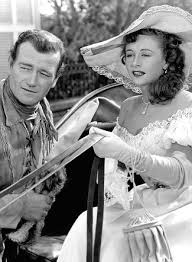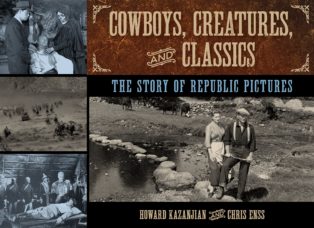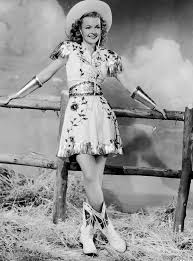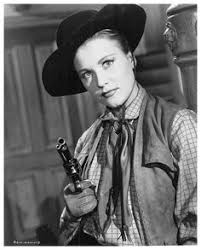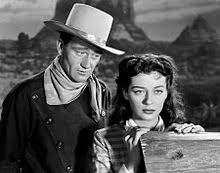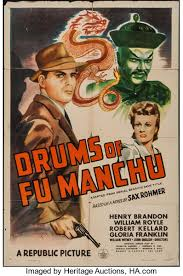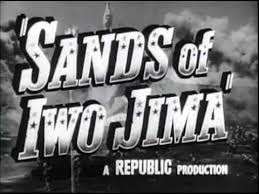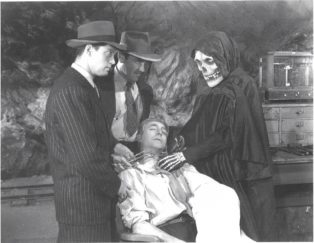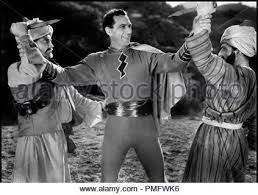Enter now to win a copy of
More Tales Behind the Tombstones:
More Deaths and Burials of the Old West’s Most Nefarious Outlaws,
Notorious Women, and Celebrated Lawmen
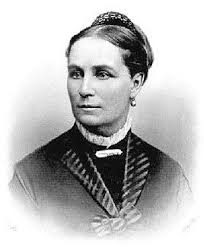
The memory of Ellen Clark Sargent’s arrival in Nevada City, California, stayed with her all her life. Long after she had left the Gold Country, she recalled: “It was on the evening of October 23, 1852 that I arrived in Nevada [City], accompanied by my husband. We had traveled by stage since the morning from Sacramento. Our road for the last eight or ten miles was through a forest of trees, mostly pines. The glory of the full moon was shining upon the beautiful hills and trees and everything seemed so quiet and restful that it made a deep impression on me, sentimental if not poetical, never to be forgotten.”
In the newly formed state of California, shaped by men and women who had endured unbelievable hardships to cross the plains, Ellen saw an opportunity to gain something she passionately wanted: the right to vote. Despite defeat after defeat, she never gave up.
Ellen Clark fell in love with Aaron Augustus Sargent, a journalist and aspiring politician, in Newburyport, Massachusetts, when they were in their teens. Both taught Sunday school in the Methodist Church. Upon their engagement, Aaron promised to devote his life to being a good husband and making their life a happy one. But several years passed before he had a chance to make good on that promise.
In 1847, Aaron left Ellen in Newburyport to go to Philadelphia, where he worked as a printer. His interest in politics intensified with the new friends he made. Aaron, an ardent opponent of slavery, closely followed arguments of free-soilers and antislavery forces.
He worked as a print compositor and as a newspaper writer. However, the trade paid poorly. With word of the gold strike in California, Aaron borrowed $125 from his uncle and sailed from Baltimore on February 3, 1849, leaving Ellen with a promise to return and make her his wife.
Aaron arrived in the gold camp called Nevada in the spring of 1849 and was moderately successful in his search for gold. He then became a partner with several others in the Nevada Journal newspaper. But with a promise to keep, Aaron obtained the help of a friend and built a small frame house near the corner of Broad and Bennett Streets, right in the center of town. In January 1852, he returned to Newburyport to claim his bride. Aaron and Ellen were married on March 15 and returned to Nevada City in October of that year.
Ellen Sargent had no notion of the home she would find, but she was agreeably surprised. She later wrote an account of her arrival in Nevada City: “My good husband had before my arrival provided for me a one-story house of four rooms including a good-sized pantry where he had already stored a bag of flour, a couple of pumpkins and various other edibles ready for use, so that I was reminded by them a part of the prayer of the minister who had married us, seven months before, in faraway Massachusetts. He prayed that we might be blessed in basket and in store. It looked like we should be.”
Ellen set up housekeeping in a town where the cost of everything was astonishing. Eggs sold for three dollars a dozen, chickens for five dollars apiece.
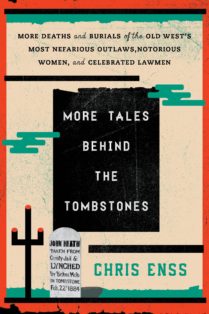
To learn about More Deaths and Burials of the Old West’s Most Nefarious Outlaws, Notorious Women, and Celebrated Lawmen read
More Tales Behind the Tombstones


